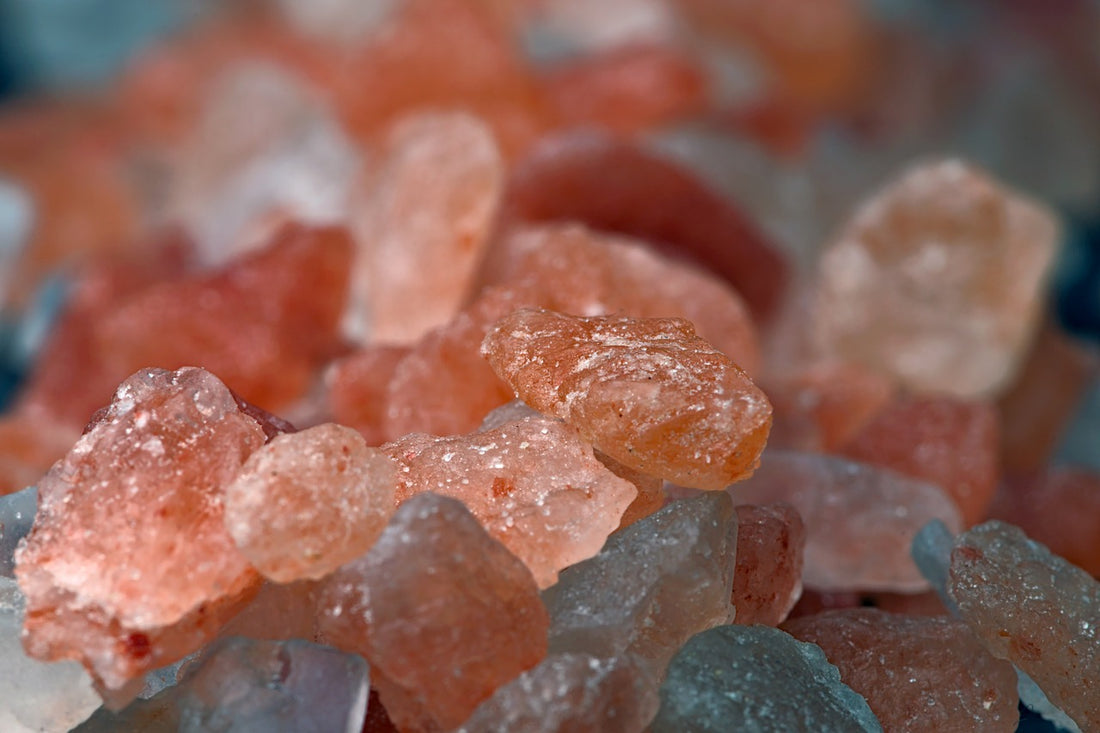Himalayan Salt is a beautiful and beneficial product to have within the home. In recent years, Himalayan Salt has become more popular, especially with lamps and cooking salt. But what actually happens during the process of making our beautiful products which we love?
Let’s start with where Himalayan Salt comes from. Despite being called Himalayan Salt, it is actually mined (mostly) at the Khewra Salt Mine in Khewra, Pakistan which is roughly 186 miles away from the Himalayas. The Khewra Salt Mine is the largest salt mine in Pakistan, and the second largest in the world – the largest is the Compass Minerals’ Goderich Salt Mine in Ontario, Canada. Inside Khewra, the tunnels run for a total of 25 miles long with 17 different levels (a few of these levels are designed for tourists). The temperature within the mine fluctuates throughout the year; however, the average is around 64 degrees.
Mining today does not use much modern technology to excavate the salt – mainly due to technology not having an efficient way to mine the salt without damaging it. Instead, miners use pickaxes, hand drills and gunpowder. The process of mining the salt starts by using a hand-held drill to create a hole in the mine’s wall. The gunpowder is carefully inserted into the wall, miners are evacuated for health and safety, and the gunpowder is activated using a trigger button. The miners tend to wait a minimum of thirty minutes before re-entering, just to be safe. After this, pickaxes are used to chip at the wall and harvest the salt. Carrying massive salt chunks would be straining work, having to move it down a 25-mile tunnel is a big no; instead, the salt is placed on a tractor and driven out of the mine.

Did you know that miners extract 1,000 tons of salt per day? Not pounds, not grams, but tons. That is a lot of salt. But it doesn’t end here. Once the salt has made it outside, it goes through a quality check. A team will sort through the excavated salt and decide which salt is the best quality to send to manufacturers and which aren’t. The quality passed salt is hauled into a truck and makes its way to a number of factories where artists will carve it into the desired product; lamps, oil burners, chunks, cooking salt, etc. In the factory, the carving is done by hand, with the exception of a few things, such as bases for lamps which need drilling into the salt.
Now you know what occurs inside a salt mine, and how your Himalayan Salt product is produced. Hopefully this gives you a glimpse into how unique Himalayan Salt products are, as handmade products are never exactly the same. You can now admire your lamp or oil burner knowing how it is made.

